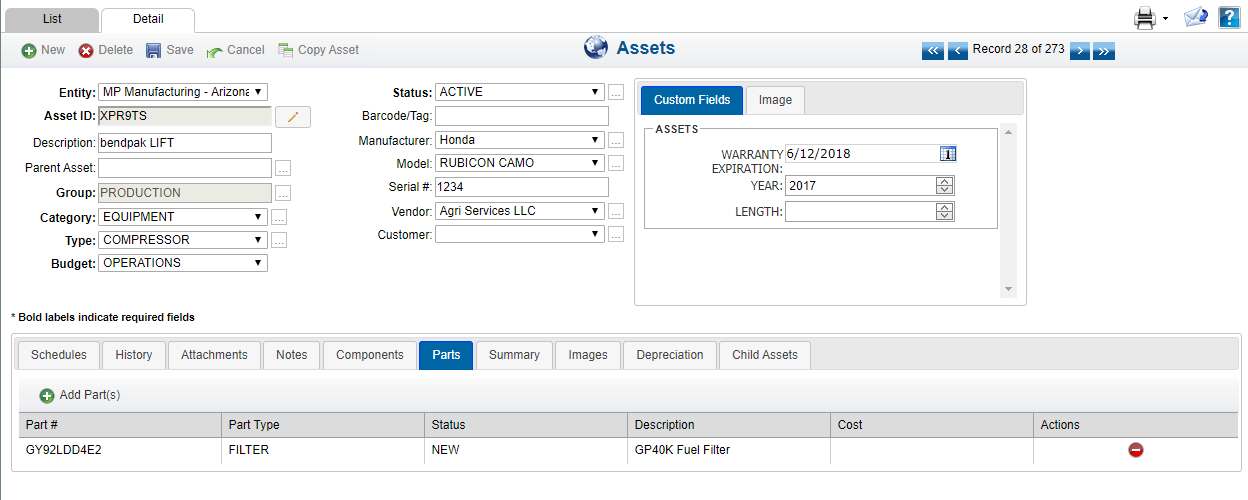The Strength in Assets
Here at ManagerPlus, we claim we are the #1 Asset Management Solution. It’s not a claim we make lightly. That’s why we started this series to explain what sets us apart from just another CMMS or maintenance management software. This post is a continuation of a series about the underlying design behind ManagerPlus. If you haven’t read the first part, you should check it out here.
In our first post in this series, we talked about the power of a dashboard and getting information to solve tangible business problems. Today, we’re going to talk about where that information comes from and how you can accurately and correctly record it in ManagerPlus.
Importing Asset Information
The beginning of your data starts before any work is done on your assets. In fact, it starts with the assets themselves. When you initially purchase ManagerPlus, part of what you’ll be purchasing is an onboarding package. During the onboarding process, you’ll likely spend a significant amount of your time in educational sessions learning how to actually use the platform.
Behind the scenes, your asset data will be loaded into your ManagerPlus platform. To the best of our ability, we will work with you to import the data from the format you have it in. Once in ManagerPlus, you’ll be able to see it with our asset page:

This page shows all the possible fields that can be used to identify a specific asset. At first, this might seem like a lot to fill out. When you start to look at it, none of these fields are difficult, and they are incredibly powerful. You will learn how each of these fields is significant and important. All the available information here is the way that ManagerPlus is able to help show you the insights that we talked about when we were talking about last week.
When it comes to accessing data and analytics, having the right data is crucial. Each field is another way you can access your data. When you’re creating a new asset in ManagerPlus, being comprehensive in the way you set it up will pay out data dividends for years to come.
Data Permanence
The asset page is also a repository for information about that asset. While you may know a lot about a specific asset, your knowledge is likely not universal throughout your organization. This is one of the ways ManagerPlus can help you. By attaching user manuals and other useful documents, you allow anyone to access them. You can also share notes and images. This makes your knowledge institutional, and not just isolated to specific individuals, and prevents you from losing information with employee turnover.
Another powerful way this screen can help you is by showing what maintenance schedules are currently assigned to the asset. You can see all of the maintenance that has been planned for the asset here. You can also see the asset’s history and all of the work and inspections that have been done, including whether they were reactionary or preventive maintenance. Lastly, you can see who did the work on them and any other detail you’ve recorded about the asset.
Your assets are more than just names in a list. They have detailed descriptions, instructions for care, maintenance plans, and a complete work history. This creates the powerful data that aggregates into the dashboard readout where we began.
Layers of Data
ManagerPlus is all about helping you get the data that will transform the way you do business. This means reducing the time you need to spend crunching the numbers and doing busy work. When you have the right data, you can make the right decisions. Regardless of what your organizational goals are, whether they are better profit margins, increasing productivity, or reducing downtime, ManagerPlus can show you what the next step is.
Next week we’ll be talking about another superpower that ManagerPlus can provide: asset and organizational standardization. We hope you’ll join us to see how this can enhance your business.
